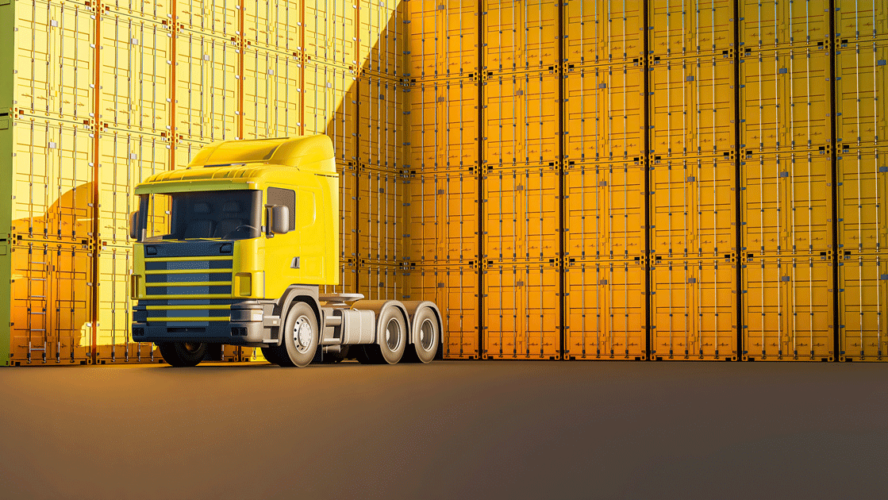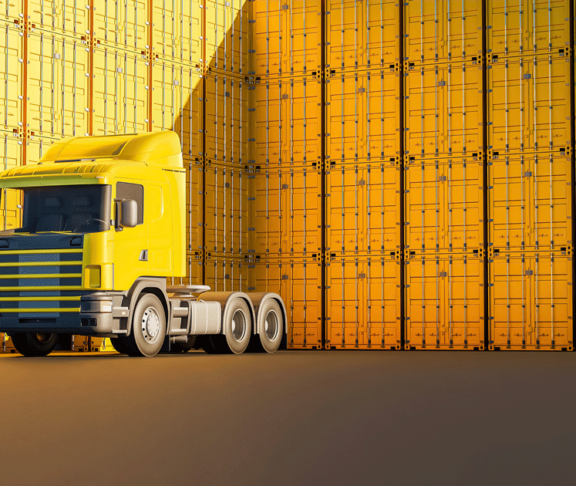
Clare Bottle FCILT
Chief Executive, UK Warehousing Association
As the high street gives way to online shopping and warehouses become increasingly important, it seems inevitable that logistics will become the new retail.
Warehousing has never had it so good. Across the UK, everywhere you look, there is evidence of investment in a real-estate sector that used to be below the radar. These huge buildings form the backbone of our economy; and the future looks brighter than ever for those involved in developing, leasing and operating them.
Volatile patterns of consumer demand, caused by the global pandemic, revealed the shortcomings of a ‘just in time’ approach to supply chain management. So, vendors of all kinds of goods – from groceries to fashion – are seeking more resilient business models and holding more stock.
Online shopping and home deliveries have sky-rocketed
Meanwhile, we’ve witnessed the explosive acceleration of home delivery. Ecommerce now accounts for over 36% of the retail market in the UK (up from 20% in 2019). Online giant, Amazon, has seen their UK revenue grow by an astonishing 82% from pre-pandemic levels. Traditional retailers have been challenged too, as shoppers who were once reluctant to buy from websites discovered the simplicity and convenience of online shopping.
Some stores were used for ad-hoc fulfilment during lockdown, others expanded click-and-collect services. Increasingly, as activities once confined to the high street are pushed back up the supply-chain, retailers are investing in new warehouse capacity.
Home delivery drivers have become doorstep brand ambassadors.
Warehouses are getting bigger
Accordingly, the sector is growing. Last year’s report from the UK Warehousing Association into the size and make-up of the UK warehousing market showed 32% growth since 2015, with buildings getting taller and bigger to meet increased demand for space.
There has also been a seismic shift in the profile of warehouse operators, from traditional bricks-and-mortar shops to online traders. Back in 2015, high street retailers occupied the most square footage, but now the leading occupiers are third party logistics service providers (known as 3PLs) and online retailers, whose warehouse occupancy has grown by an astonishing 614%.
Direct relationship with consumers
3PLs now have an unprecedented direct relationship with the consumer. Home delivery drivers have become doorstep brand ambassadors, while warehouses are no longer simply storage and distribution points, but are providing value-added services, assembling, personalising and packaging products and crucially, managing returns. This change of role may herald diversification into recycling, upcycling and repairs as warehouses take on an even more central place in the circular economy.

